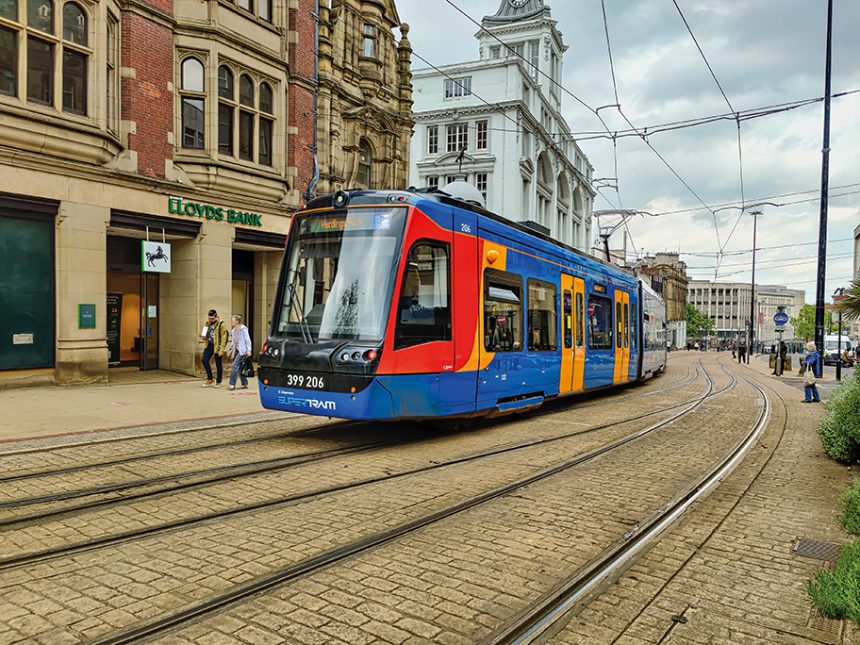As someone who has been around a while, it feels to me that the debate on integrated transport has rumbled around even longer than the one about regulation (and, of course, achievement of the former is often said to require the latter, though it doesn’t).
Integrated transport one of those subjects where we can all agree it’s “a good thing” and something to be striven for. Unfortunately, it’s also one where everyone has a different idea of what it means, and how easy or otherwise it is to achieve. There are certainly some lazy assumptions around it, with examples from abroad often loosely bandied around.
My experience is that, with willing parties, there is not much that can’t be achieved under the current framework, so areas that don’t decide to use the new franchising powers resulting from the Bus Services (No.2) Bill can still achieve a lot given the will, and, sometimes, funding.
I recall, for example, speaking at a conference convened by Stagecoach as part of its then new stewardship of the first rail franchise (South West Trains) in the mid-nineties about successful new joint tickets we had implemented for three modes – our buses, the ferry to the Isle of Wight and Island Line trains (with buses on the island added later as an option too). I also worked on the commercial Supertram Link bus services in Sheffield a decade or so later.
Something else that has good examples featured throughout is the Confederation of Passenger Transport’s (CPT) response to the government’s call for ideas for the Integrated National Transport Strategy (INTS).
We explain why the INTS should put coach and bus services at the centre of its ambitions and, as our recent research on the economic impacts of both modes show, there is good reason why a cash-strapped government should do so, especially one that wants to make a quick impact – relatively small amounts of money can make a big difference much quicker than in other sectors.
Our response recommends that the INTS puts an end to the long-standing failure to integrate coach services within local and national transport planning.
My experience is that, with willing parties, there is not much that can’t be achieved under the current framework
We heard from experts at the CPT annual conference recently how coaches could play a much bigger role in intercity travel as rail struggles, as well as the lack of proper facilities for them in so many towns and cities.
The coach sector, after all, is a highly flexible and resilient piece of the transport network which offers excellent value for money both for passengers and the UK government — and it does not require large-scale public subsidy or major infrastructure investment to operate.
The response also repeated our calls for long-term funding settlements for local transport, to enable effective strategic planning and integration between modes, but also requiring local authorities to meet clear targets.
Other recommendations in our response were to ensure bus services are integrated into the planning system (and car-dependence challenged) when new developments and towns are created, and that a statutory duty is imposed on local authorities to collect data on the current and potential coach market.
Finally, we urged that Project Coral, the multi-operator ticketing scheme being developed by bus operators in collaboration with Transport for the West Midlands, is built on to ensure nationwide compatibility.
This project has been around a long time — I recall my first meeting as Stagecoach’s Regional Director for the North of England was about this in 2016 — and technology has changed a lot since then. Between us all we need to see this through.
As CPT’s response highlights, the INTS is an important opportunity to ensure that the coach and bus sector is well-integrated into the wider transport network and the vital role that buses and coaches play in the transport sector is recognised.



























